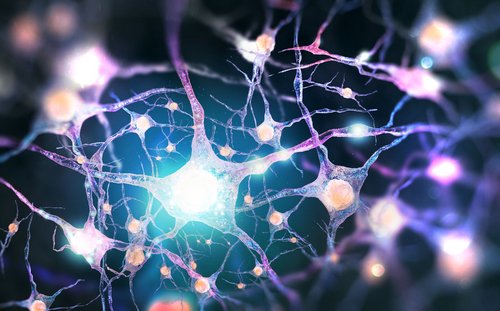CLN5 Protein Loss in Batten Disease Led to Fewer Functional Neurons in Mouse Study

Researchers studying the loss of the CLN5 protein, which causes Batten disease, found that it leads to the reduced production of new fully functional neurons. It also increased neuronal inflammation in mouse models of the neurodegenerative disorder.
The study, “Loss of CLN5 causes altered neurogenesis in a childhood neurodegenerative disorder,” was published in the journal Disease Models & Mechanisms. These findings can help explain the role of CLN5 protein in the development of Batten disease and may aid in the search for new therapies for the disorder.
Batten disease is one of a group of disorders known as neuronal ceroid lipofuscinoses (NCLs). Batten is an inherited disease that typically affects newborns and children. The terms NCL and juvenile Batten disease are generally used interchangeably in the U.S. and U.K.
NCLs are characterized by an accumulation of cellular compounds stored in structures called lysosomes, and by increased inflammation and degeneration of neurological tissues.
This group of genetic disorders are caused by a loss of proteins called CLN. So far, 13 of these proteins have been identified as related to various forms of NCL, but their involvement in the development of these illnesses is still not fully understood.
“Depending on the affected CLN protein, the age of disease onset and rate of progression varies, yet the ultimate outcome is the same,” the study’s researchers wrote.
Mutations in the gene that encodes the CLN5 protein also cause NCL. Children with these mutations start to present signs of the disease between the ages of 4 and 7.
Previous studies have suggested that CLN5 could be associated with the metabolism of fats, maintenance of the protective layer that surrounds neurons (myelination), and protein transport. It has also been suggested that CLN5 could be an important element during embryonic development. However, the exact function of the protein had been unclear.
To shed light on the function of CLN5 protein in NCLs, researchers at the University of Eastern Finland investigated its involvement in the production of new neurons — neurogenesis — in an animal model of a neurodegenerative disorder caused by loss of CLN5.
Taking advantage of animal models that were genetically altered to not express the CLN5 gene, the researchers found that neuron stem/progenitor cells (NPCs) lacking the CLN5 protein were proliferating more than those that express the protein. This intriguing result prompted them to investigate the maturation of those progenitor cells into functional neurons.
Detailed evaluations of the NPCs in different stages of development in mice showed that lack of CLN5 protein impaired migration of the stem cells and induced abnormal neuron maturation. The new neurons formed from these NPCs that lacked CLN5 were unable to communicate normally with each other — meaning they were not fully functional.
“Taken together, these results demonstrate that loss of CLN5 induced the NPCs to differentiate towards the neuronal lineage, yet the migration and formation of neuronal processes was impaired,” the researchers wrote.
This abnormal neurogenesis was correlated with increased production of the pro-inflammatory protein interleukin-1 beta (IL-1β).
“Neuroinflammatory processes associated with neurodegenerative diseases are known to affect neurogenesis,” they wrote. “We demonstrate for the first time that neurogenesis in the mammalian brain is altered in NCL and the importance of the CLN5 protein for this process.”





